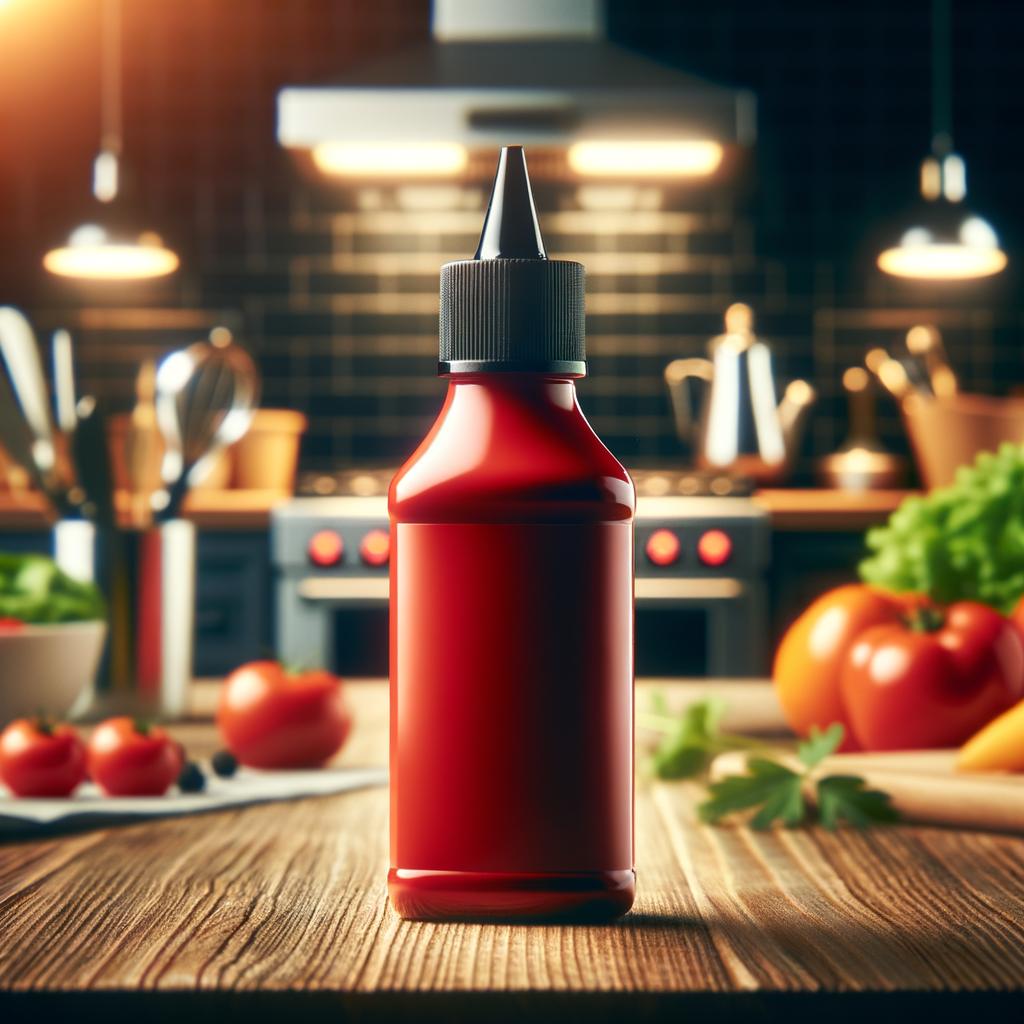Red Food Coloring

Description
Red food coloring, also known as E129 or Allura Red AC, is a vibrant and captivating ingredient that paints our culinary world with shades of passionate crimson. In its liquid form, it carries an ethereal translucence, while in its powdered form, it resembles a collection of tiny, sparkling rubies. It is odorless and has no taste, but its visual impact is potent and profound. This unique ingredient is known for its ability to transform the mundane into the extraordinary, adding a splash of color to the most ordinary of dishes.
Primary Uses
Red food coloring is most commonly used to add visual appeal to a variety of dishes, from baked goods to beverages. Its vibrant hue makes it a favorite in decorating cakes, cookies, and candies. It's the star ingredient in red velvet cakes, giving them their iconic color. It's also used in many Asian cuisines to color pickles, sweetmeats, and certain types of rice. Beyond the culinary world, red food coloring is also used in cosmetics and pharmaceuticals.
History
The history of red food coloring is as colorful as the ingredient itself. It can be traced back to ancient times when people used natural sources like beetroot and red cabbage to color their food. However, the modern version of red food coloring was first introduced in the late 19th century as part of the burgeoning food manufacturing industry. The use and popularity of red food coloring have evolved over time, with it being a subject of controversy due to health concerns in the late 20th century. However, it has stood the test of time and remains a popular ingredient in food preparation today. An interesting folklore associated with red food coloring is the belief that it brings good luck and is often used in celebratory dishes during festive occasions.
Nutritional Information
Red food coloring does not contribute any significant nutritional value to food, as it is used primarily for aesthetic purposes. However, it is important to note that some people may have sensitivity or allergic reactions to artificial colorants, including red food coloring. Compared to its natural counterparts like beetroot juice, it lacks vitamins, minerals, and other beneficial compounds. As always, moderation is key when using this vibrant, history-rich ingredient.

